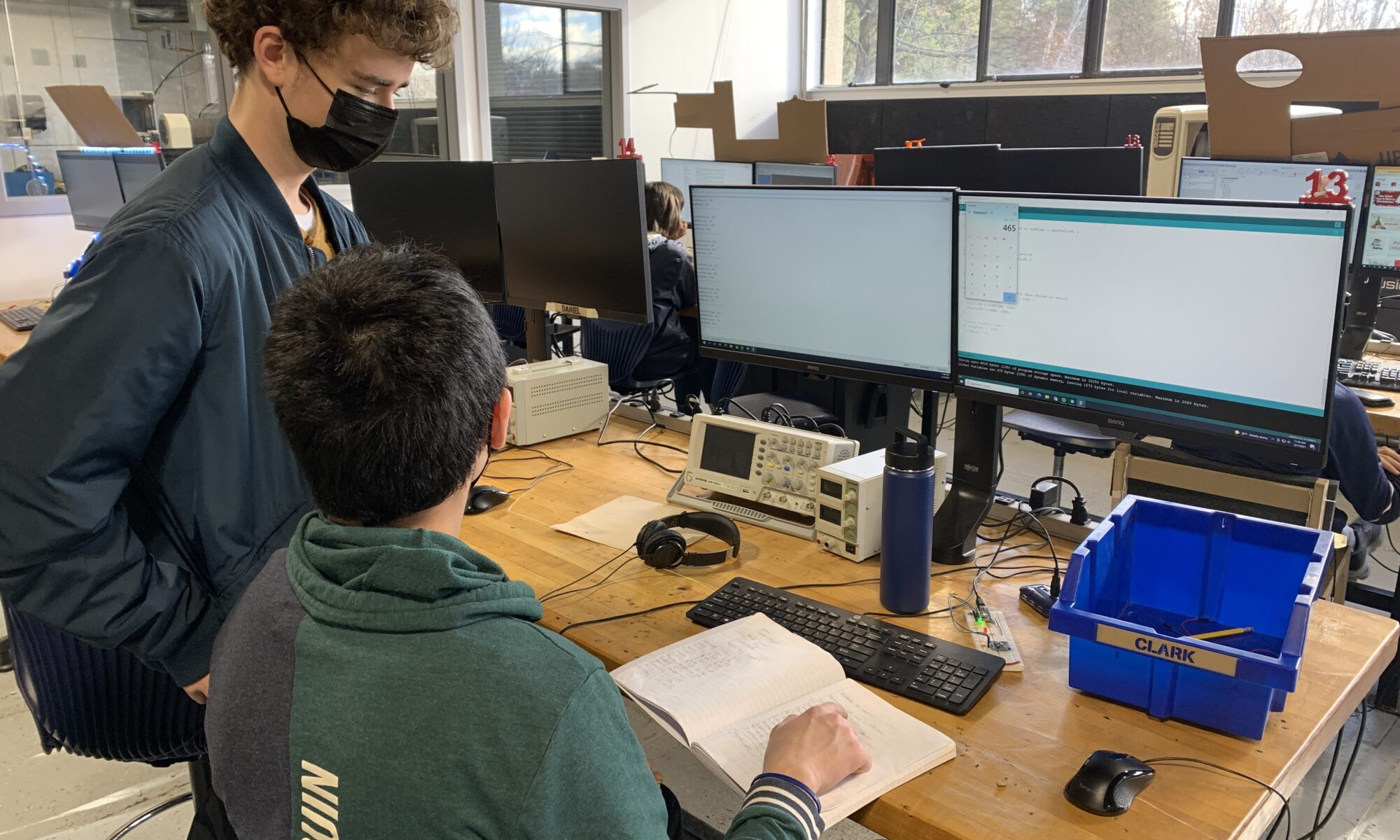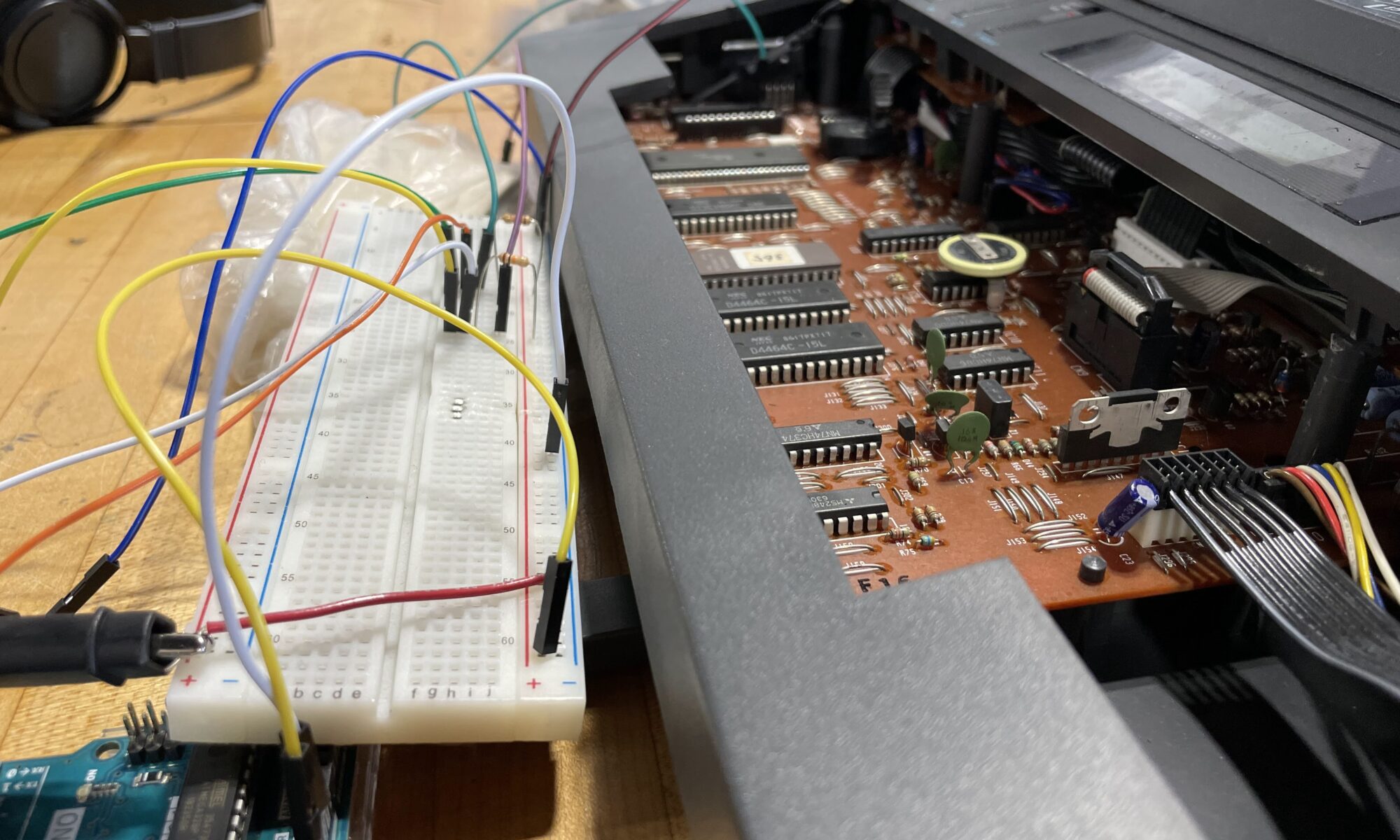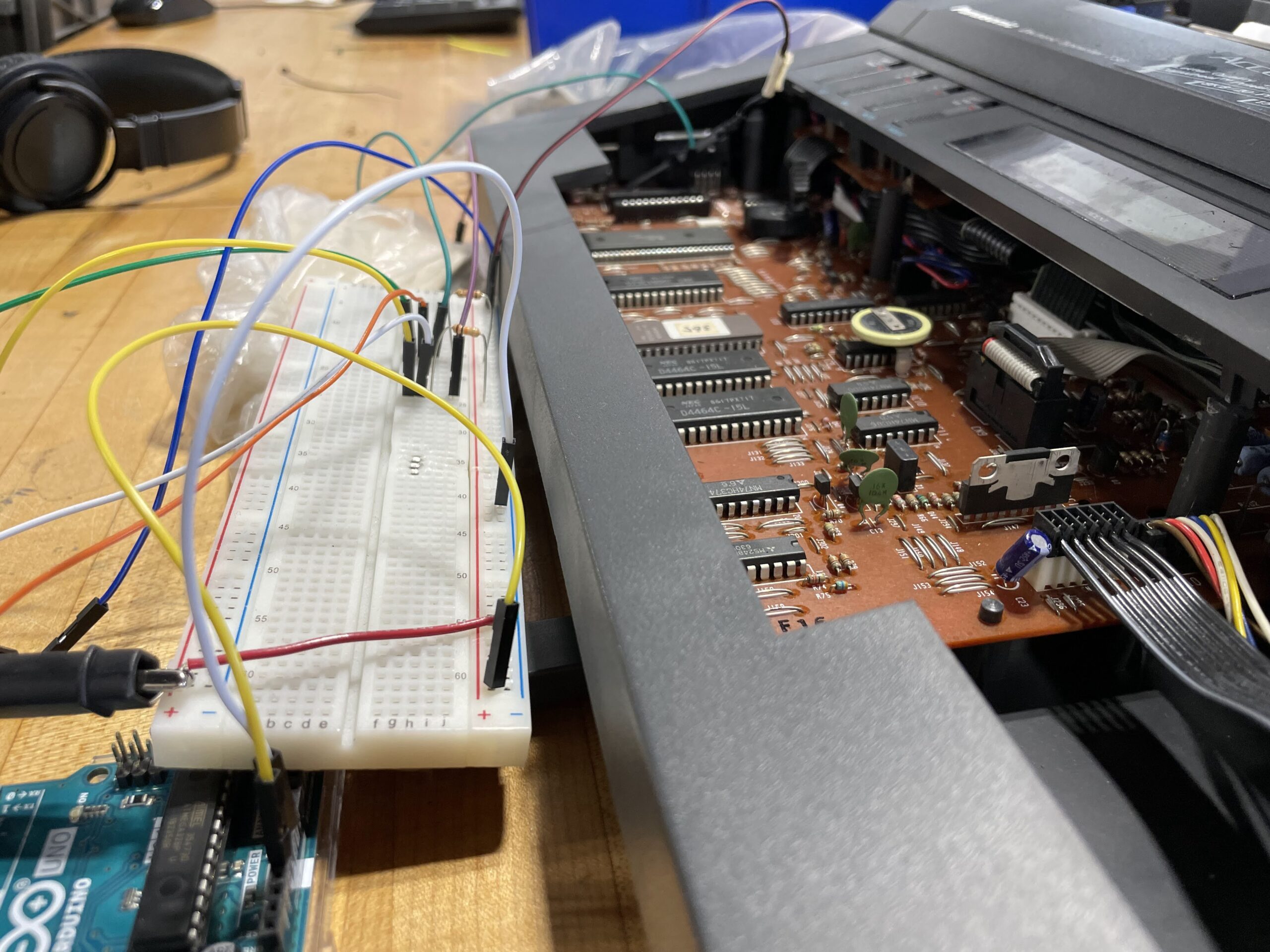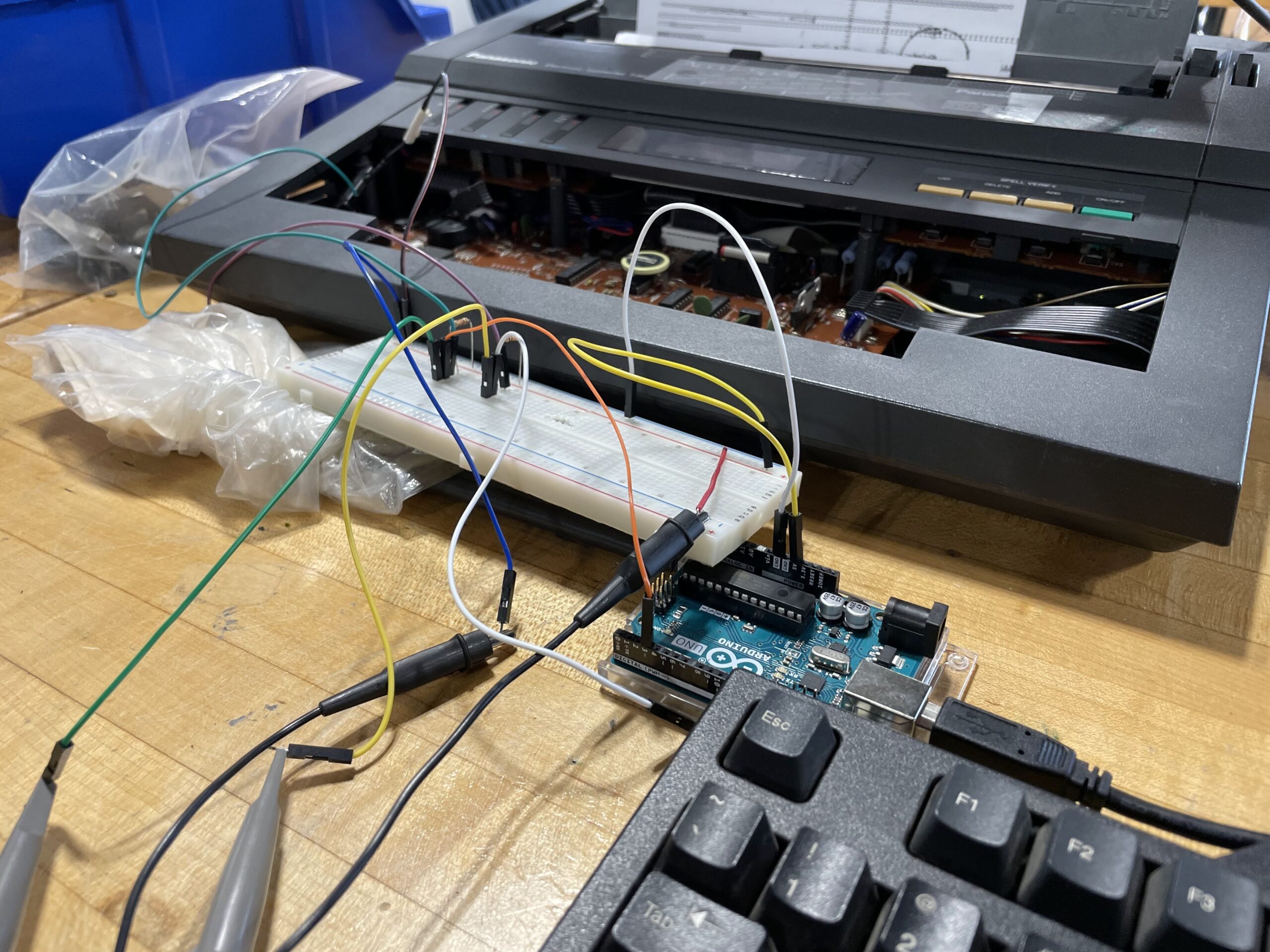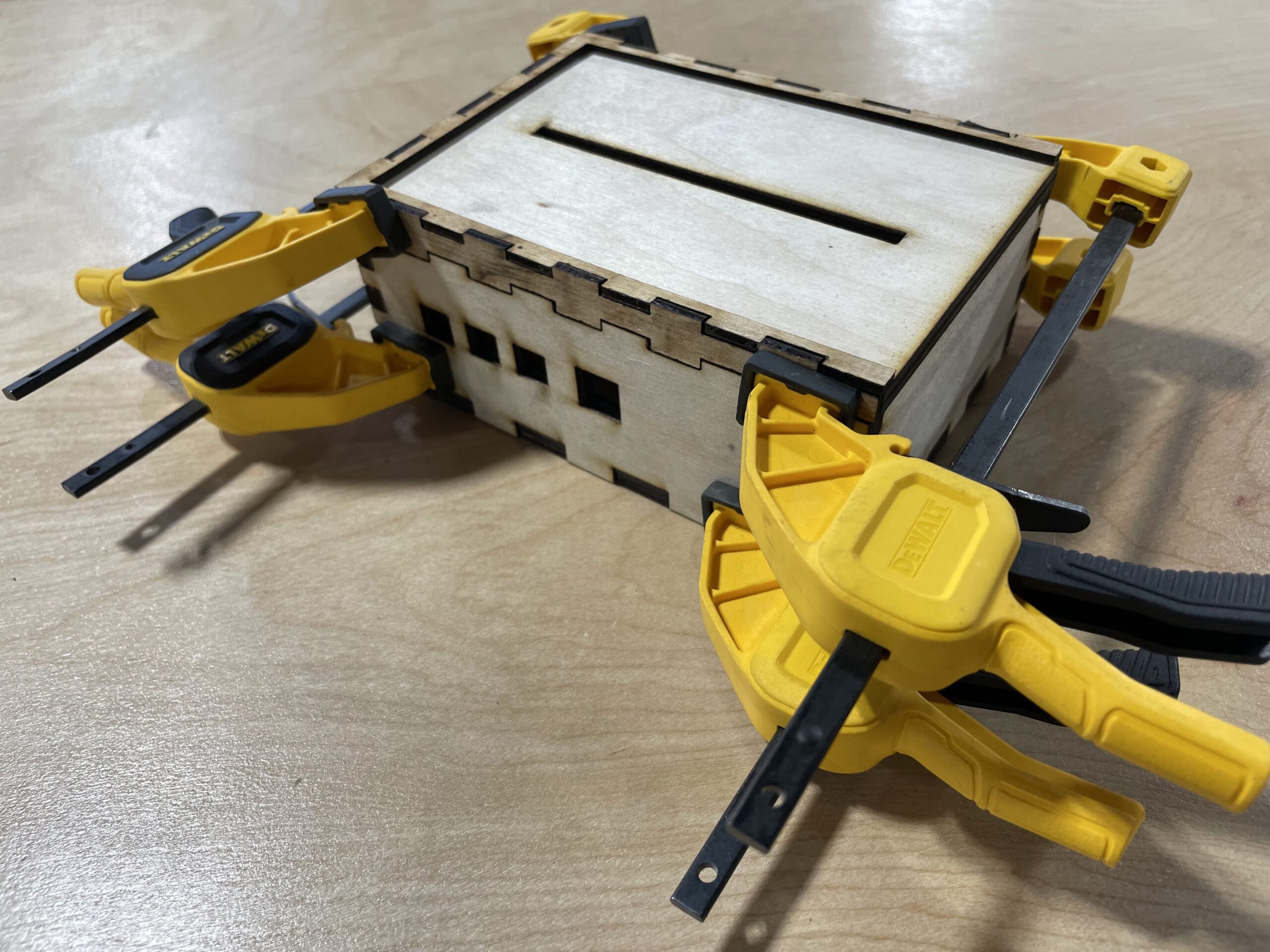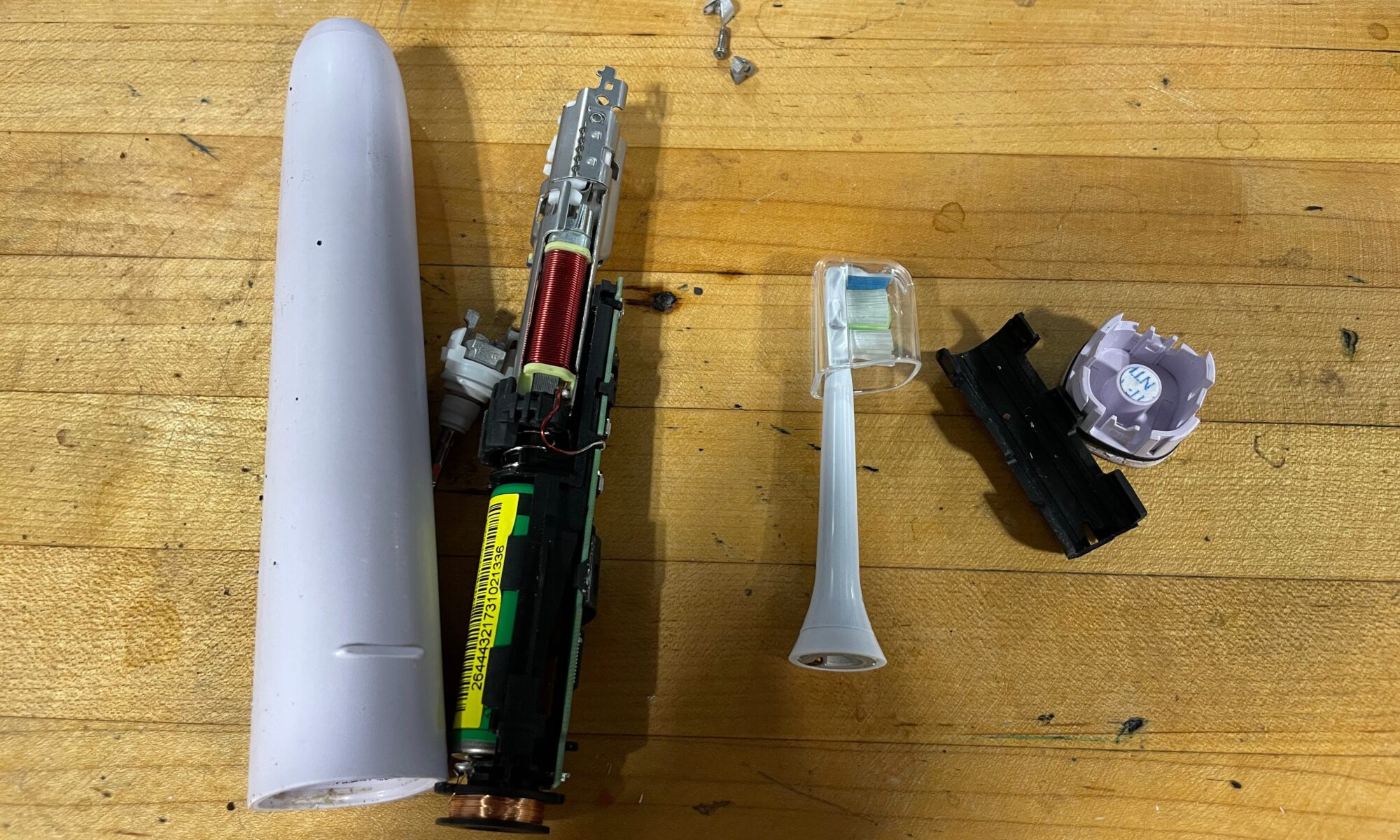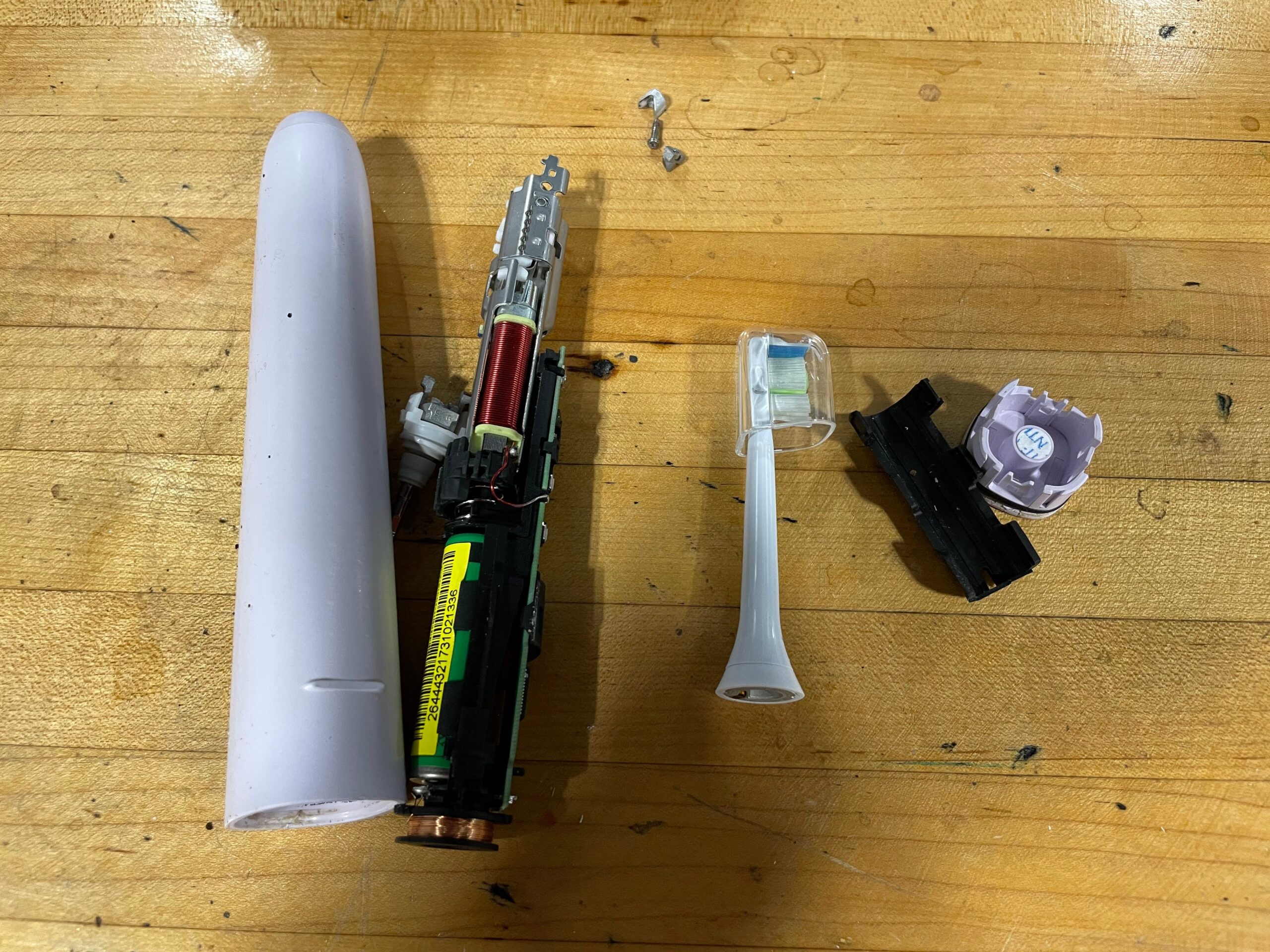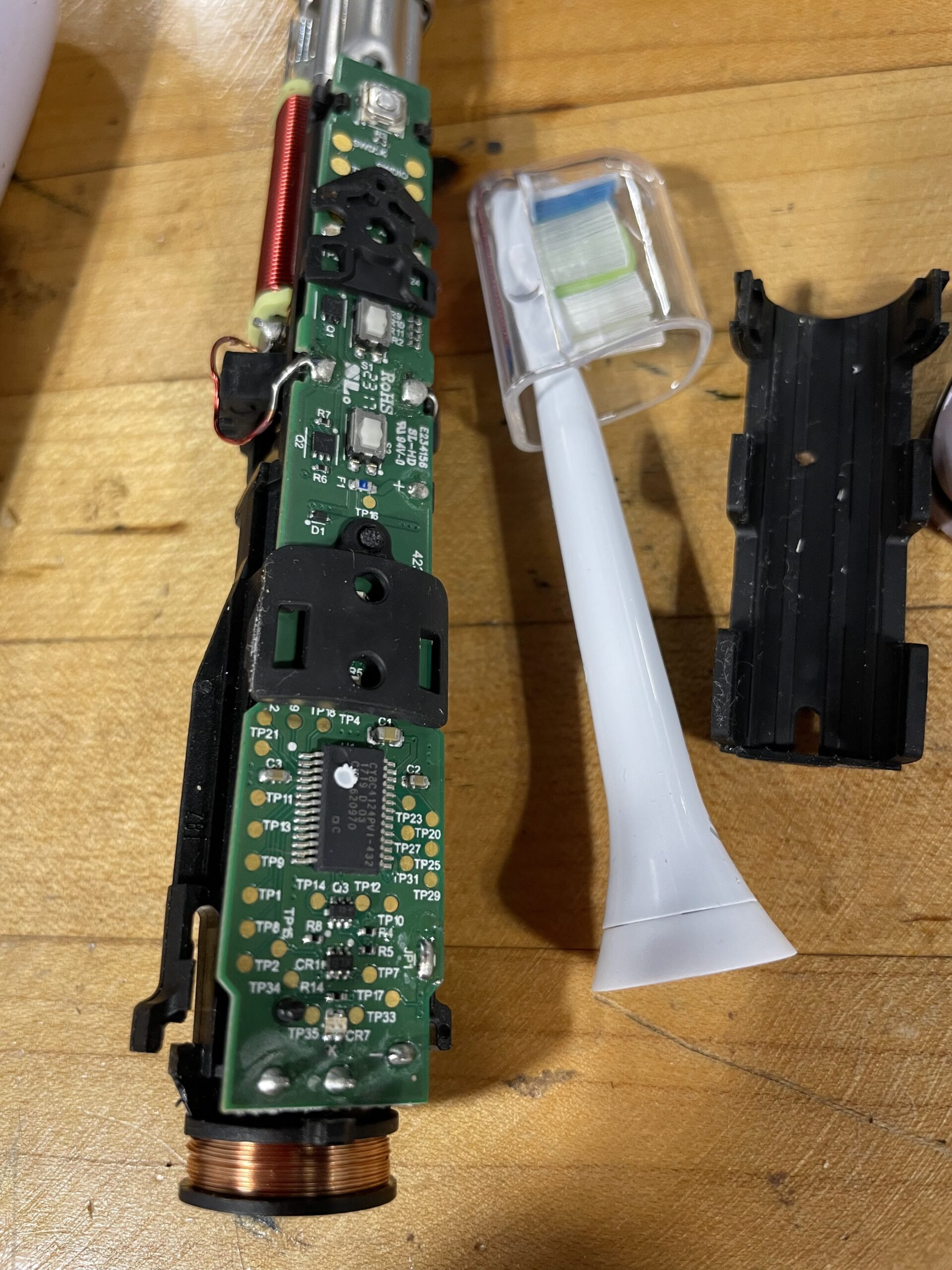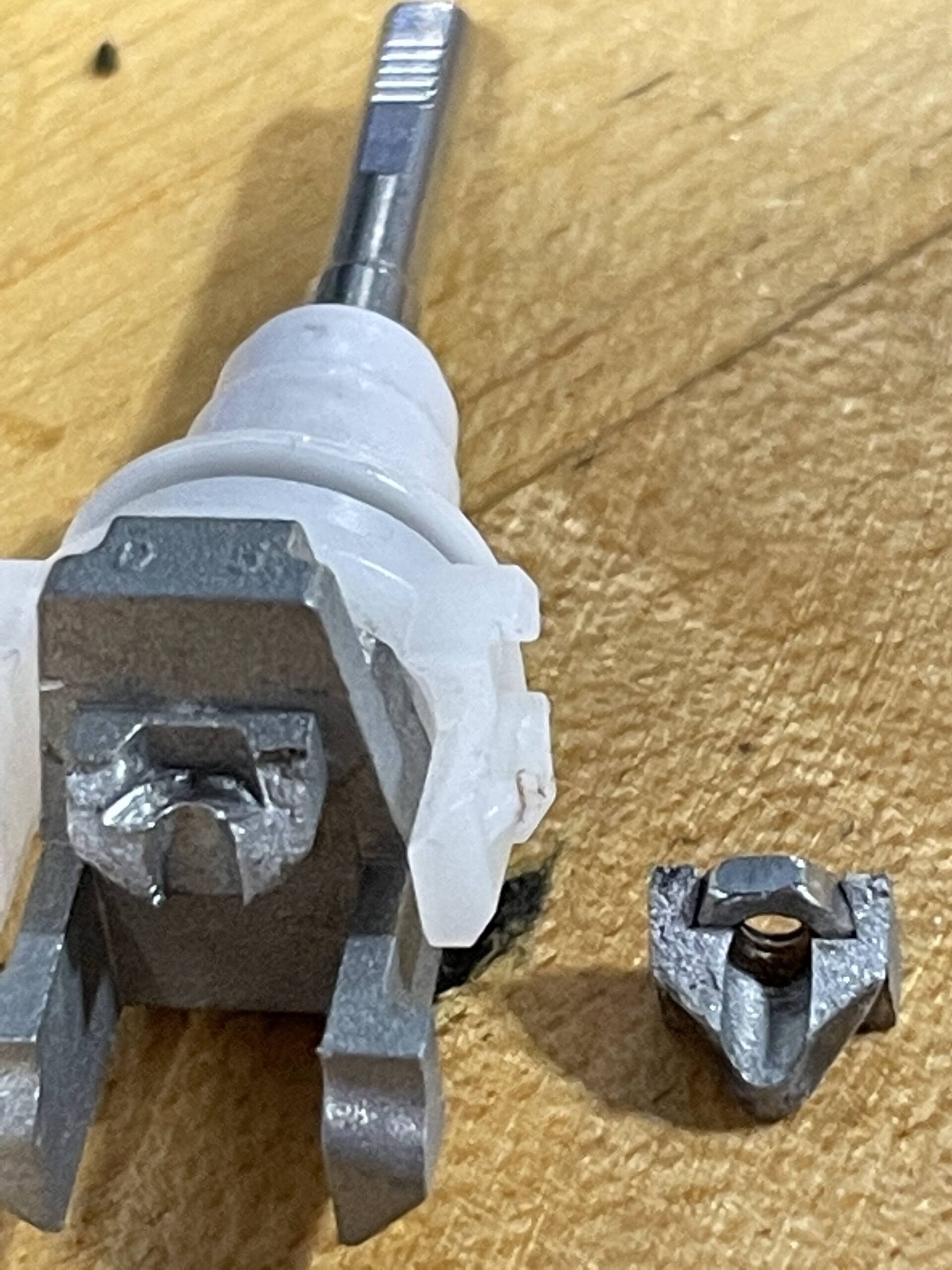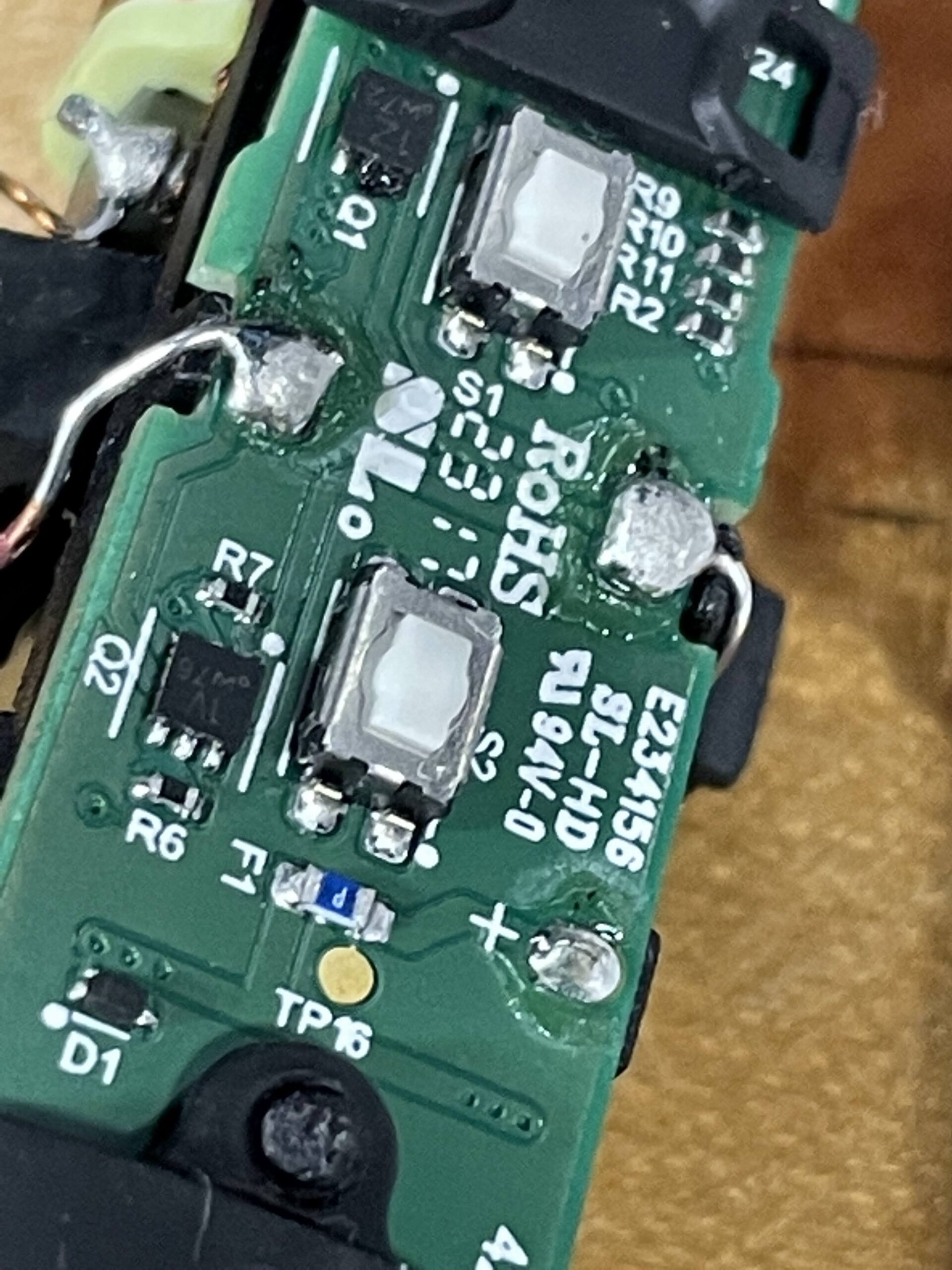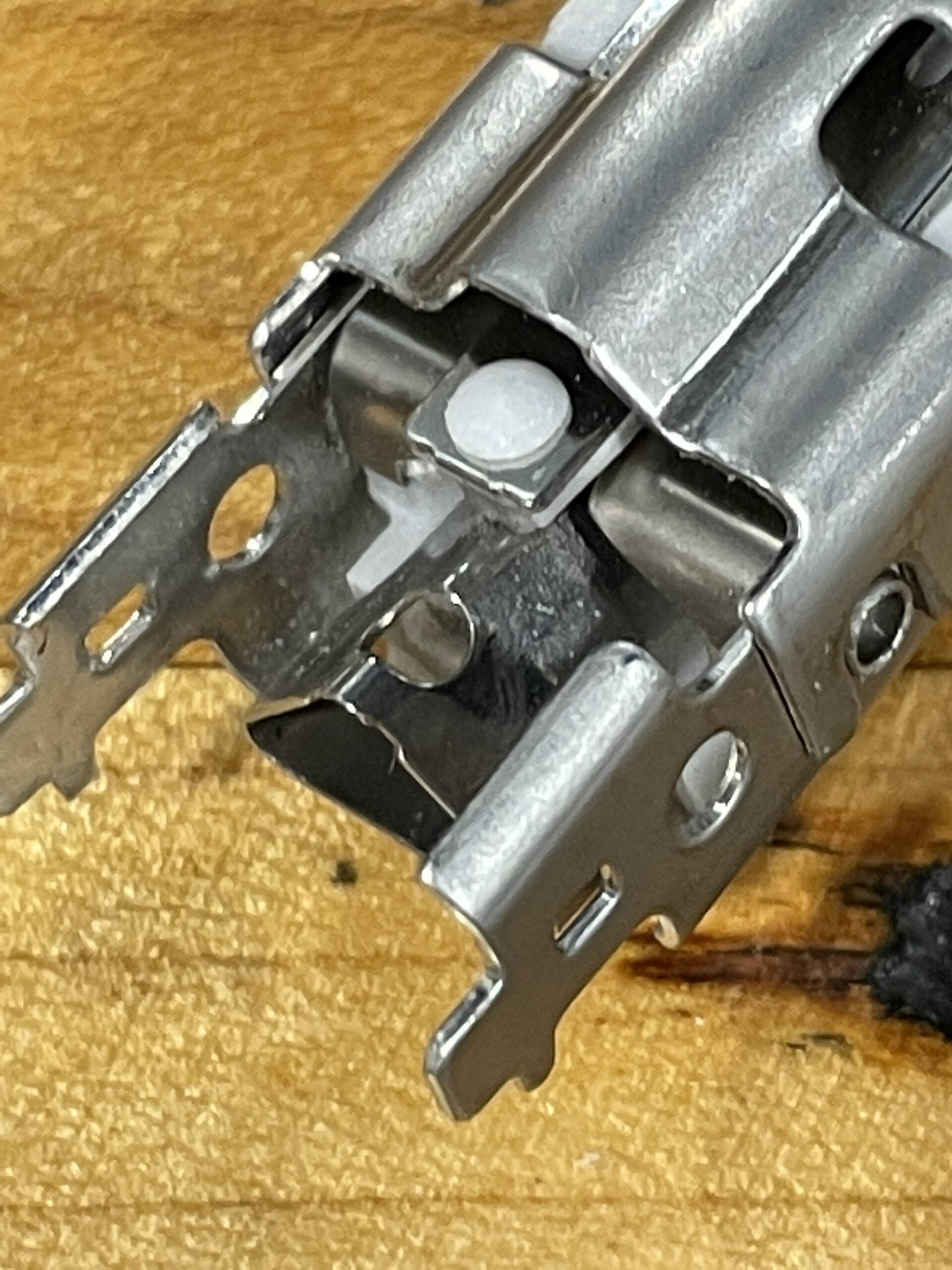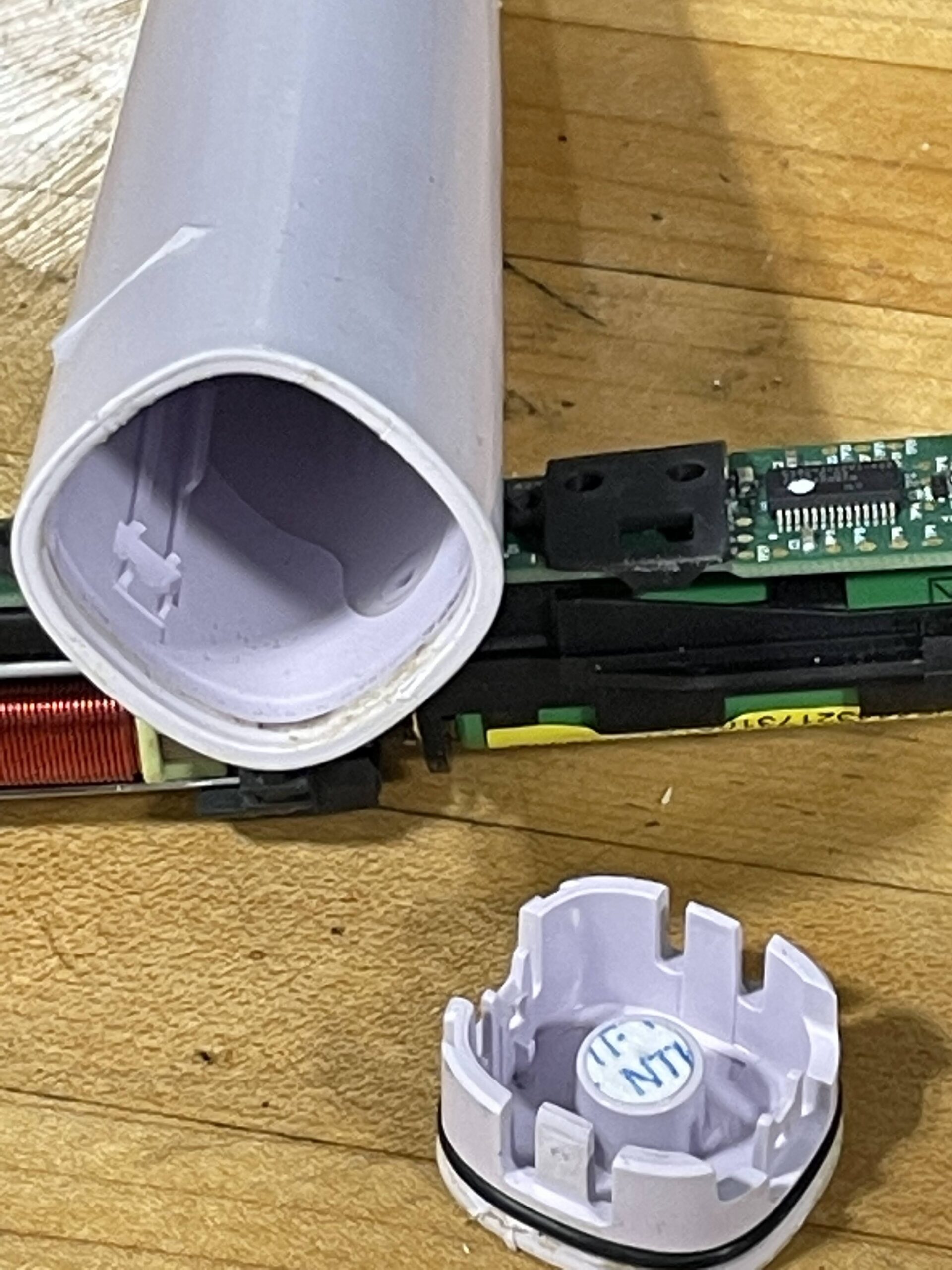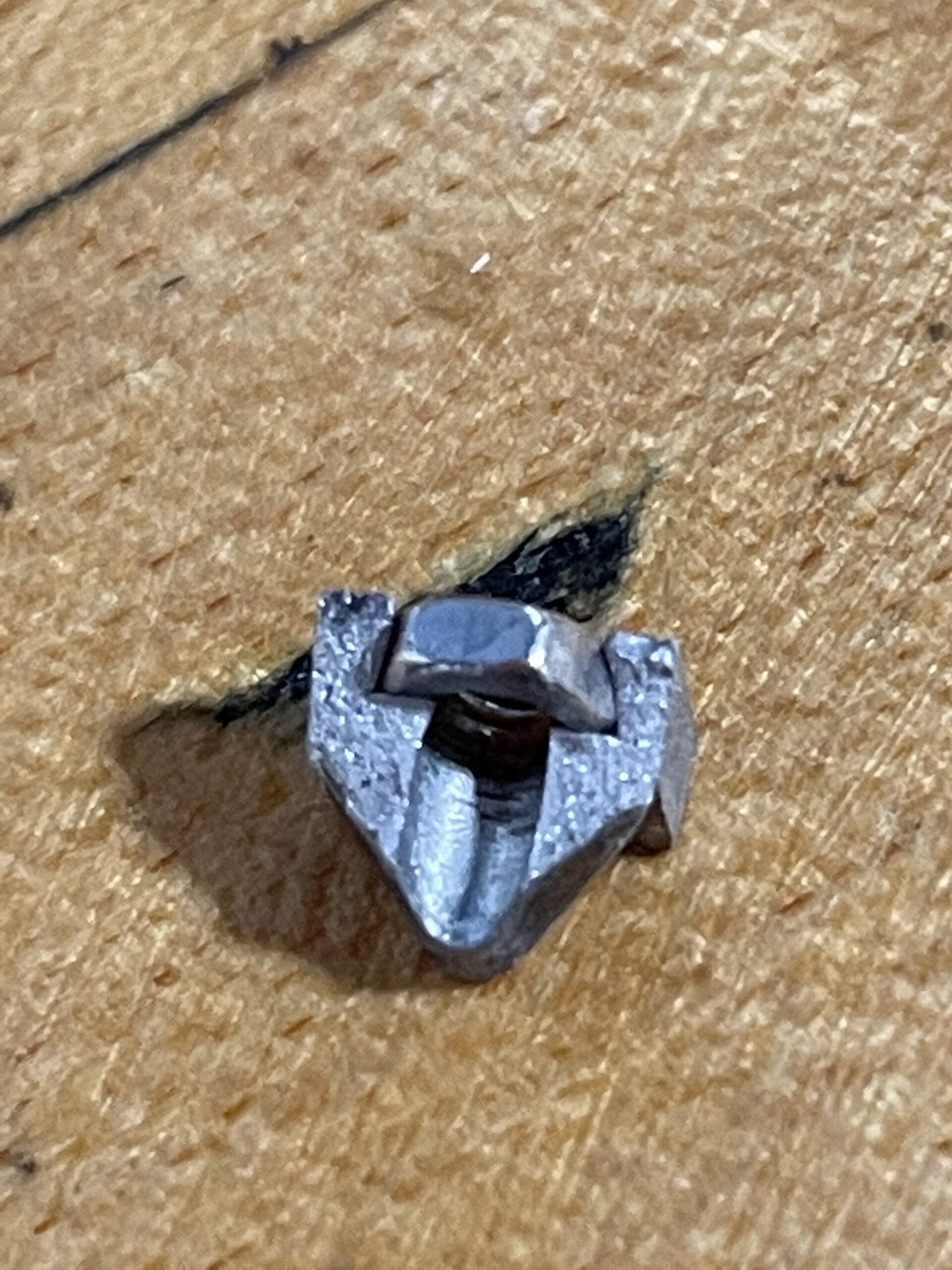During the last few years of teaching at a vocational high school, I can’t recall ever being asked about my teaching philosophy. In fact, in my 10+ years of teaching, I don’t remember another administrator or even fellow teacher asking to describe my teaching philosophy. Because, of this, as you can imagine, I never put a lot of mental effort into working out just exactly what is my philosophy. Essentially, when hired, teachers are often given the keys to a classroom and expected to teach without much help or guidance.
My previous teaching job did not require a teaching license, however, now that I work in a public school, I’ve had to go through a rather tedious process of getting a teaching license – much harder I must say than the architecture license I have, which was quite difficult indeed. The vocational teaching license required necessitates at least 7 college level classes specific to teaching. During some, if not all, of these classes you are asked about your teaching philosophy, and for me, this was the first time I’ve had to give the subject much thought.
The other day, a former colleague and friend of mine wrote a short blog post about his teaching philosophy, and since I’ve always admired this teacher for his dedication to creating content and adaptation of new ideas, I wanted to see how his thoughts aligned with mine, and more importantly, what should be included in one’s teaching philosophy.
You can read his blog post regarding his teaching philosophy here, but one point I find most similar to my style of teaching is his paragraph on grading.
“I see feedback, not judgmental grading, as a key to unlocking a student’s willingness to adapt and improve. Grading without feedback turns education into a scavenger hunt for “points.” Feedback without grades primes a student’s growth mindset.”
I’ve never enjoyed grading, and as a project based teacher, my interest is in helping students complete projects and less about curriculum and lesson plans. I don’t tell students how to complete projects or expect specific types of projects from my students. I give guidance and feedback. Some projects are certainly better than others, but my hope is to encourage iteration in an effort to improve. I believe this is where my former colleague and I converge most in our educational philosophy.
Further on in his evolving piece, he writes:
“I am known for planning every minute, experimenting with educational technology, tantalizing students with my own enthusiasm for content, providing differentiated feedback, and embedding contemporary events into the curriculum in real time.”
I know my strengths and weaknesses, and planning every minute of a class day is just not how I like to teach. Better planning each day is certainly something I should inject more into my curriculum, it’s just something I’m not as good at implementing. My day to day in the classroom is more informed by seeing what issues/problems students are encountering with their work and then working out how to help them fix these issues. One difference between my friend’s work and mine, is my students tend to work on a variety of different projects, CAD, coding, plamsa cutting, 3d printing, lasercutting, milling, etc. My students are all having very different problems each day.
His statement above does, however, hit home with me regarding his enthusiasm for content and sharing that with students. I could not agree more, whether or not students are interested in my passions, I try to share those things with students so they see I have passion for something. Hopefully, they will find something they feel strongly about. This is one reason why we let students choose their own projects. Often students try and choose projects they think I will like. My response to them is that they need to work on a project that excites them, it’s the only way they will do a good job, they must be invested in their work.
I encourage you to read the full post from my friend, it offers some very good insights, and is a starting point for beginning to come up with your own educational philosophy. I’ve not written mine down yet, but in the next few weeks I expect to create a similar evolving document.
All for now.

